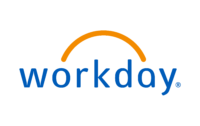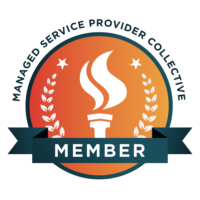Streamlining Revenue Recognition with Deltek Costpoint
Historically, the process for revenue recognition using the Estimate at Completion (EAC) method was a manual, time-intensive task. This approach required project teams to compile monthly or quarterly reports of actual costs. They had to manually input this data into proprietary tracking templates and provide estimates for remaining labor hours and non-labor expenses. These inputs were then used to calculate the project’s percentage of completion, which formed the basis for recognizing revenue.
While Deltek Costpoint offered support through its Revenue Information screen by allowing the entry of total EAC values, this method still left significant room for manual entry errors and inefficiencies.
The Evolution to Costpoint Planning
With the introduction of Costpoint’s Planning module, this entire process has evolved significantly. The Planning module incorporates robust project budget and EAC functionality. This innovation eliminates the need for external trackers and manual report compilation, creating a more cohesive Costpoint planning and revenue recognition workflow.
Actual costs posted through the prior fiscal period are automatically populated into the system. The budget data then serves as the baseline for estimating the remaining work. Any adjustments for anticipated changes in staffing or non-labor costs can be made directly within the system. The result is a system-generated Estimate to Complete that is both accurate and dynamic.
Benefits of an Integrated Workflow
This streamlined approach means project teams no longer need to re-key data into separate templates or perform complex manual calculations. An even more impactful benefit is the direct integration between the Planning and Revenue Information modules. This connection removes the need to manually enter EAC values for revenue recognition, automating a critical step.
Once the final EAC version is completed in Planning, the Revenue Integration process can be initiated. This powerful feature calculates the EAC value, presents it for review and approval, and—upon approval—automatically exports the data to update the Revenue Information screen. For more details on optimizing your ERP, you can read about maximizing your Deltek Costpoint investment.
Key Advantages of Automation
Adopting an integrated Costpoint planning and revenue recognition workflow offers several clear advantages for any organization.
- Automated EAC Calculation: Reduces manual input and the potential for costly errors.
- Integrated Workflow: Ensures seamless data transfer between the Costpoint Planning and Revenue modules.
- Improved Accuracy: Delivers system-calculated estimates based on real-time actuals and budget data.
- Significant Time Savings: Eliminates redundant reporting and tedious manual reconciliation processes.
Revenue recognition using the EAC method no longer needs to be a laborious, error-prone task. With Costpoint Planning and Revenue Integration, organizations can achieve greater accuracy, efficiency, and control over their month-end financial processes.
Interested in optimizing your revenue recognition workflow? NeoSystems offers expert consulting services for Planning implementation and project budget/EAC entry assistance. Contact us today to learn how these solutions can enhance your financial operations.
Contact us today to learn how these solutions can enhance your financial operations.












